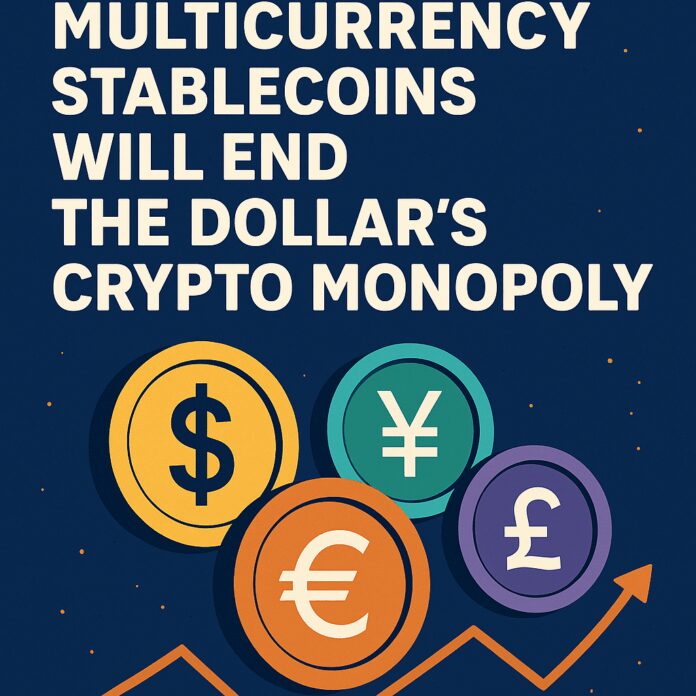The cryptocurrency market has long been dominated by dollar-pegged stablecoins such as USDT, USDC, and FDUSD. These tokens act as the lifeblood of decentralized finance (DeFi) and crypto trading, serving as the default settlement currency for exchanges, lending protocols, and on-chain derivatives.
But this reliance on the U.S. dollar also exposes the crypto ecosystem to geopolitical risks, regulatory crackdowns, and the influence of U.S. monetary policy.
According to Cointelegraph, a new generation of multicurrency stablecoins could challenge the dollar’s monopoly and create a more resilient, globally balanced crypto economy.
The Current Dollar Dominance Problem
Today, over 90% of all stablecoins in circulation are backed by the U.S. dollar. This concentration has several consequences:
- Regulatory vulnerability:
The majority of reserves for USDT and USDC are held in U.S. banks or U.S.-regulated financial instruments such as Treasuries.
If U.S. regulators crack down, they can effectively control or even freeze the flow of liquidity to global crypto markets. - Export of U.S. monetary policy:
The Federal Reserve’s decisions — interest rate hikes or cuts — directly impact the value and stability of dollar-backed stablecoins and, by extension, the entire DeFi ecosystem. - Limited accessibility for non-USD regions:
For users in Asia, Europe, Africa, or Latin America, holding dollar-backed stablecoins can involve extra currency conversion steps, creating inefficiencies and friction.
This creates a single point of failure, making crypto markets more fragile and dependent on one jurisdiction.
What Are Multicurrency Stablecoins?
Multicurrency stablecoins are digital assets backed by a basket of different fiat currencies — similar to the IMF’s Special Drawing Rights (SDR) or the idea behind Facebook’s abandoned Libra/Diem project.
Example Structure:
A multicurrency stablecoin could hold:
- 40% USD
- 30% EUR
- 20% JPY
- 10% GBP
Alternatively, it might include currencies from emerging markets to better reflect global economic diversity.
These tokens would track a weighted index of multiple currencies, making them less vulnerable to the policies of a single central bank.
Benefits of Multicurrency Stablecoins
1. Reduced Geopolitical Risk
By spreading reserves across several currencies and jurisdictions, multicurrency stablecoins lower the risk of regulatory capture or unilateral sanctions.
For instance, if one country cracks down, the entire network won’t freeze, as happened when U.S. regulators targeted Tornado Cash and other entities linked to dollar-based stablecoins.
2. Greater Global Accessibility
Users in Europe, Asia, and Africa wouldn’t need to convert their local currency into dollars first.
Instead, they could use a token that better reflects global purchasing power — reducing conversion fees and volatility.
3. Diversification for DeFi Protocols
DeFi lending and trading protocols could reduce systemic risk by accepting a basket-backed stablecoin as collateral rather than being overly exposed to USDT or USDC.
4. Resistance to U.S. Monetary Policy
When the Federal Reserve raises rates, dollar-based stablecoins tighten global liquidity.
A multicurrency stablecoin spreads this impact across multiple economies, creating smoother, less volatile liquidity cycles for crypto markets.
Challenges to Overcome
Despite their promise, multicurrency stablecoins face serious hurdles:
- Complex Reserve Management
- Tracking multiple currencies requires partnerships with global banks and custodians.
- Hedging currency fluctuations adds operational complexity.
- Regulatory Uncertainty
- Governments may view basket-backed stablecoins as competition to national currencies, potentially triggering pushback similar to what Facebook’s Libra faced.
- Liquidity Fragmentation
- Traders are accustomed to USD pairs. Introducing new settlement assets could fragment liquidity before adoption scales.
- Price Discovery & Transparency
- Maintaining transparent audits and real-time proof-of-reserves is critical to building trust, especially after the collapse of projects like TerraUSD.
Examples of Multicurrency Stablecoin Initiatives
Several projects are already exploring this space:
- Circle (USDC) has hinted at expanding beyond dollar-pegged tokens to support euro and Asian currencies, laying the groundwork for multi-currency baskets.
- Mento Labs, the team behind Celo, is working on regional stablecoins that can eventually interoperate in a network of multicurrency assets.
- RWA-focused DeFi protocols are integrating tokenized government bonds and multi-fiat reserves to diversify collateral bases.
While none of these have reached Libra-level scale, they show growing interest in alternatives to dollar hegemony.
The Road Ahead: From Dollar Hegemony to Balanced Crypto Liquidity
The dollar will likely remain dominant in crypto for the foreseeable future, especially given its deep liquidity and global recognition.
However, the rise of multicurrency stablecoins could create parallel liquidity pools that provide resilience and flexibility. This mirrors how the global economy itself operates — no single currency completely controls trade and settlement.
Potential Future Scenarios:
- Scenario 1: Coexistence
Dollar stablecoins continue to dominate, but multicurrency tokens grow to serve niche regions and specific DeFi protocols. - Scenario 2: Gradual Shift
Over time, a highly trusted basket-backed stablecoin becomes a global standard, especially if major exchanges adopt it for trading pairs. - Scenario 3: Regulatory Catalyst
A U.S. crackdown on dollar-backed stablecoins forces crypto markets to urgently adopt multicurrency alternatives.
Conclusion
Multicurrency stablecoins represent a critical evolution in the crypto ecosystem. By challenging the dollar’s monopoly, they can make decentralized finance more global, resilient, and inclusive.
While operational and regulatory challenges remain, the long-term trajectory suggests a future where no single nation’s monetary policy can dictate the fate of crypto markets.
The next wave of stablecoin innovation may very well determine whether crypto remains a U.S.-centric phenomenon or truly becomes a borderless, global financial system.




